Loved by some and hated by others, West Michigan winters are a soon-to-be-in-our-neighborhoods reality. While most homeowners prepare for winter by making sure their storm windows are in and their snow blowers are in working order, far too many overlook the common and potentially disastrous problem of ice dams.
Ice dams are ridges of ice at the edge of the roof that prevent water or snow from draining into the gutters or off the side. Your roof is designed to help precipitation drain safely away, but ice dams don’t let it happen. Water then gets trapped on your roof and, depending on how long it sits there, the potential problems inside your home increase dramatically, as does the expense required to fix those problems.
What Causes Ice Dams to Form on Roofs?
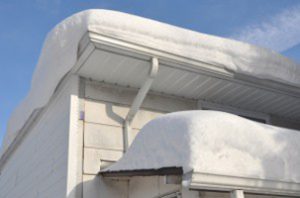 The problem is coming from inside the house—the attic, to be exact. When your attic is too warm (40° F is too warm), it melts snow on the roof from underneath, even if the temperature is below freezing outside. The melted snow runs down the roof until it reaches the overhangs and gutters, where there is no attic and thus no heat coming from underneath, and re-freezes, forming a dam. If you’re in the midst of a particularly endless snowfall or below-freezing temperatures, this process will continue, making the dams bigger and more dangerous.
The problem is coming from inside the house—the attic, to be exact. When your attic is too warm (40° F is too warm), it melts snow on the roof from underneath, even if the temperature is below freezing outside. The melted snow runs down the roof until it reaches the overhangs and gutters, where there is no attic and thus no heat coming from underneath, and re-freezes, forming a dam. If you’re in the midst of a particularly endless snowfall or below-freezing temperatures, this process will continue, making the dams bigger and more dangerous.
A common misconception is that a warm or sunny day will melt some snow and create ice dams, but this isn’t true. A warm, sunny day won’t allow the water to refreeze at the edge of the roof. Yes, it will help melt any snow or dams on your roof at that time, but it won’t fix the underlying problem. If you’re seeing ice dams, you need to address the issues in your attic.
Do Ice Dams Cause Roof Damage?
Ice dams are potentially dangerous to your home and, depending on severity, very expensive to repair. It’s not necessarily the ice itself that harms your roof, but rather the water it prevents from draining. Dams can get as tall as a foot, and the larger the dam, the harder it is for melted snow to drain off the roof. As the snow melts quickly from the attic heat underneath, it pools on your roof, backing up as necessary to make room for itself. All roofs are installed with ice and water shields that help fight this water backup, but a particularly intrusive ice dam can push water back as much as eight feet. Once water starts pushing under the shingles, you’re prone to leaks, which can lead to water damage inside your home.
While damage inside your home is probably the main fear, roof damage needs to be considered, as well. The longer you let ice dams sit on your roof, the more pressure the actual dams and the trapped water are putting on your shingles. Anyone who lives in West Michigan knows, winter can involve 6-8 weeks of freezing temperatures, which is a long time to subject your roof to abuse.
How to Prevent Ice Dams
If you’ve had ice dams in the past, the first thing you want to address is the ventilation and insulation in your attic. Heat needs to escape the attic, but if it gets stuck between the insulation and the roof with nowhere to go, you are primed for ice dams. For new homes, 18” of blown-in insulation are required to be up to code. Your attic should have plenty of insulation, which will work in tandem with an on-roof exhaust and under-eave intake ventilation to keep your attic cold during the winter.
Taking steps to prevent ice dams is necessary no matter the age or material of your roof—they can form if the conditions are right. In fact, they are considered an Act of God when it comes to roofing warranties, so keep that in mind, as well.
Another important step to prevent ice dams is to keep snow off your roof. Walking around a high incline in slippery conditions isn’t always the smartest idea, so try getting a roof rake to remove the snow as you stand on the ground. The less snow you have on your roof, the lower your potential for dans forming.
Our Kalamazoo branch manager Bob Ackerman recently spoke to WMMT Newschannel 3 about ice dams. You can see him removing heavy dams from a local building in the clip linked below: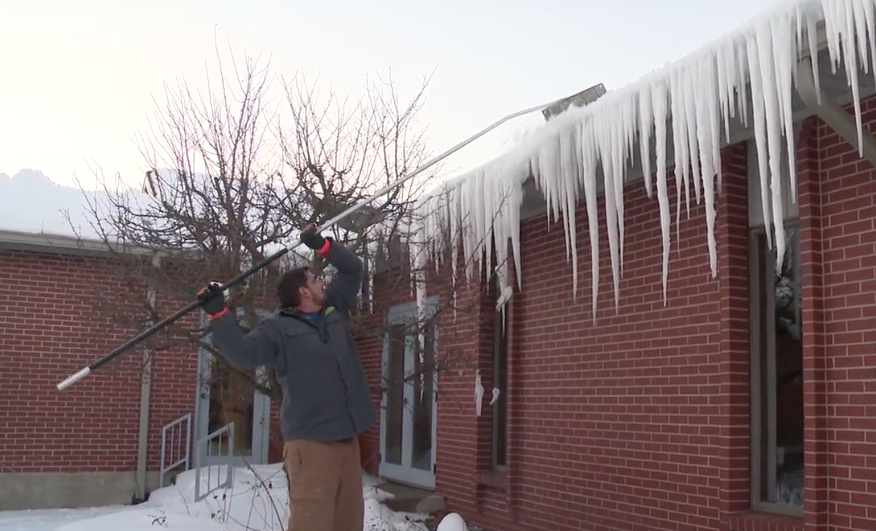 WWMT: Weather perfect for the formation of ice dams on roof eaves
WWMT: Weather perfect for the formation of ice dams on roof eaves Ice Dam Prevention Tips:
- Make sure your attic has plenty of insulation.
- Confirm your attic has sufficient on-roof exhaust and under-eave intake ventilation.
- Buy a cheap thermometer and keep it in the attic to monitor how well your ventilation is working.
- Safely remove snow from your roof with a roof rake.
What to Do if Your Roof Has Ice Dams
It’s easy to know when to remove ice dams: when you have them. Of course, it’s not so easy to actually do it. Depending on the severity of the dam and the weather outside, you may want to call us to do it for you.
In fact, we’re so adamant about this, due to the potential danger of doing it yourself, that we’d rather have you call a competitor than try it yourself. It’s not worth the risk.
If your roof's ice dams are minor, or you’d rather not heed our warning, there are some methods you can try. Keep in mind you don’t need to eliminate every bit of ice; making a channel through which the water can flow will suffice.
Ice Dam Removal Options*:
- Use an ice pick to create a channel, but don’t pick all the way down to the shingles. Leave about an inch of ice remaining so you don’t risk damaging the shingles.
- Use a sledgehammer if the dam is particularly massive. This is, obviously, not a method recommended for beginners.
Another method for creating channels is to use calcium chloride or other chemicals to melt a section of ice, but beware that these chemicals may stain your roof.
By taking proper steps to make sure your attic is properly ventilated and insulated, you can likely avoid all the hassles and expenses that come from ice dams. And, as always, if you have any questions or need help with ice dam removal, give us a call and we’ll be happy to help.
Subscribe to West Michigan Roofing's Blog
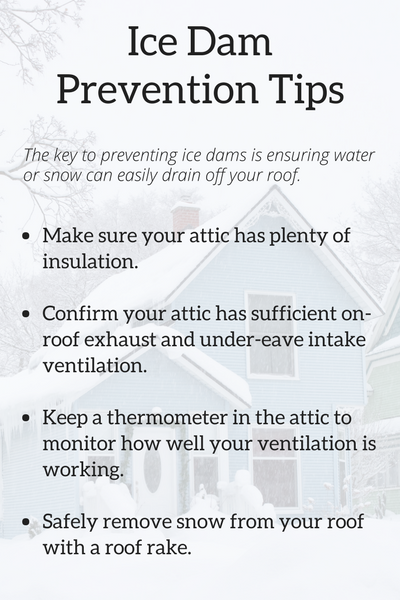

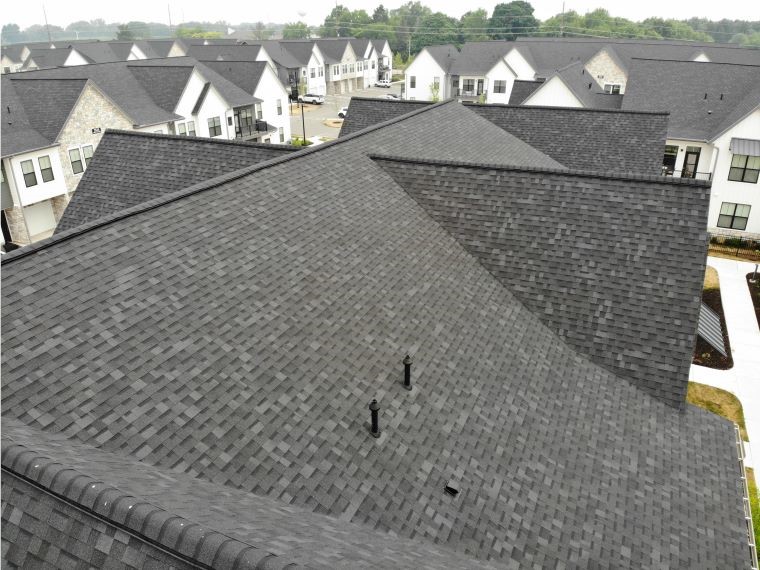

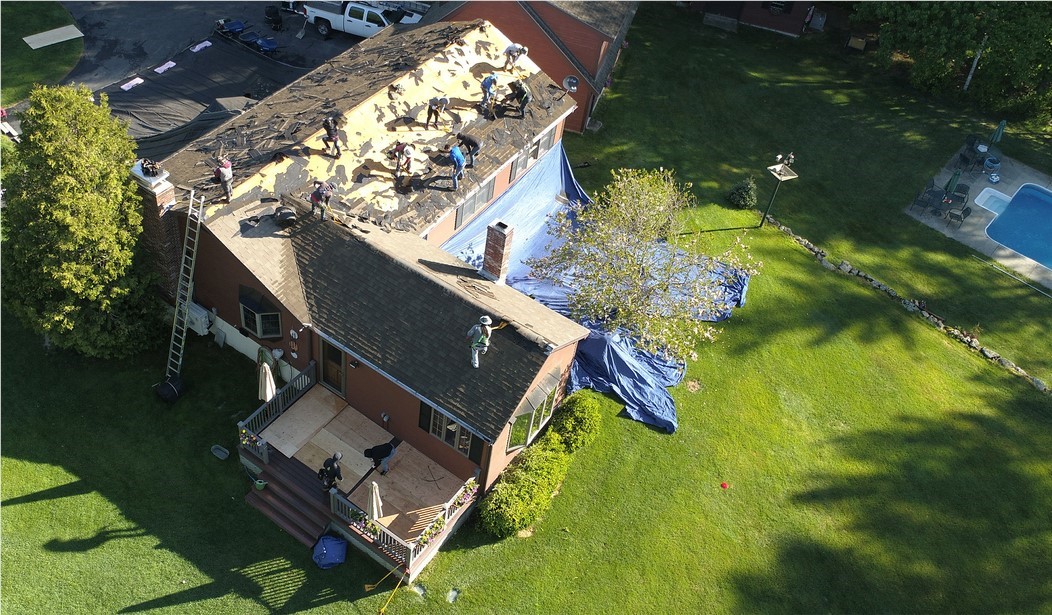

Comments